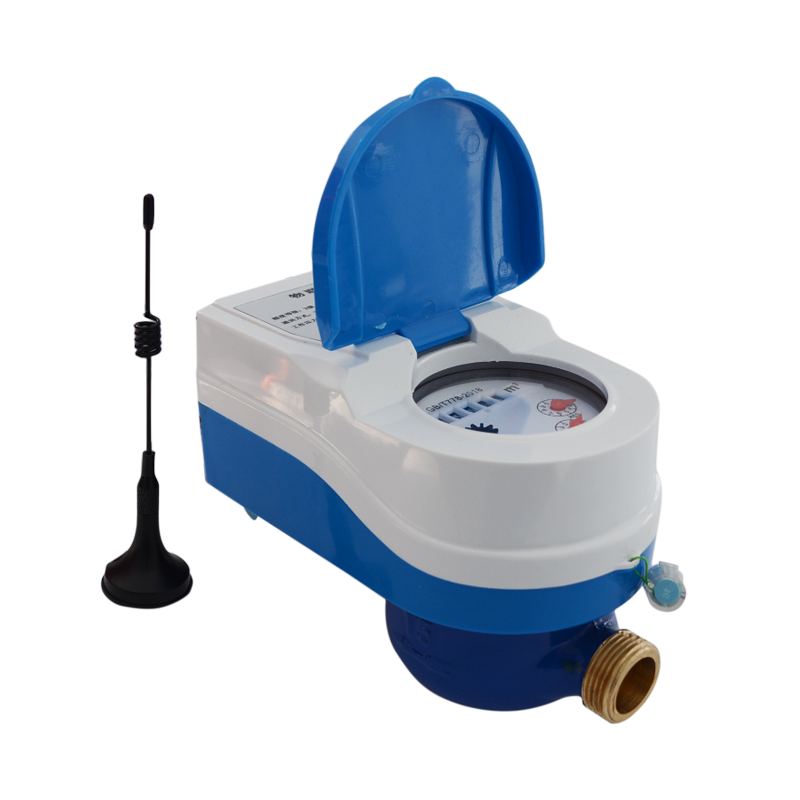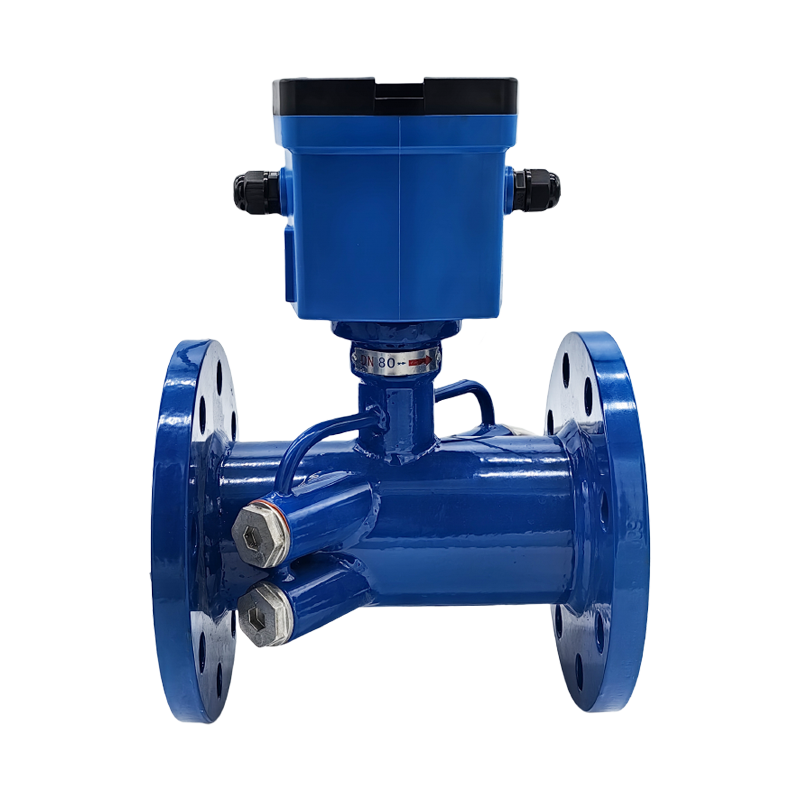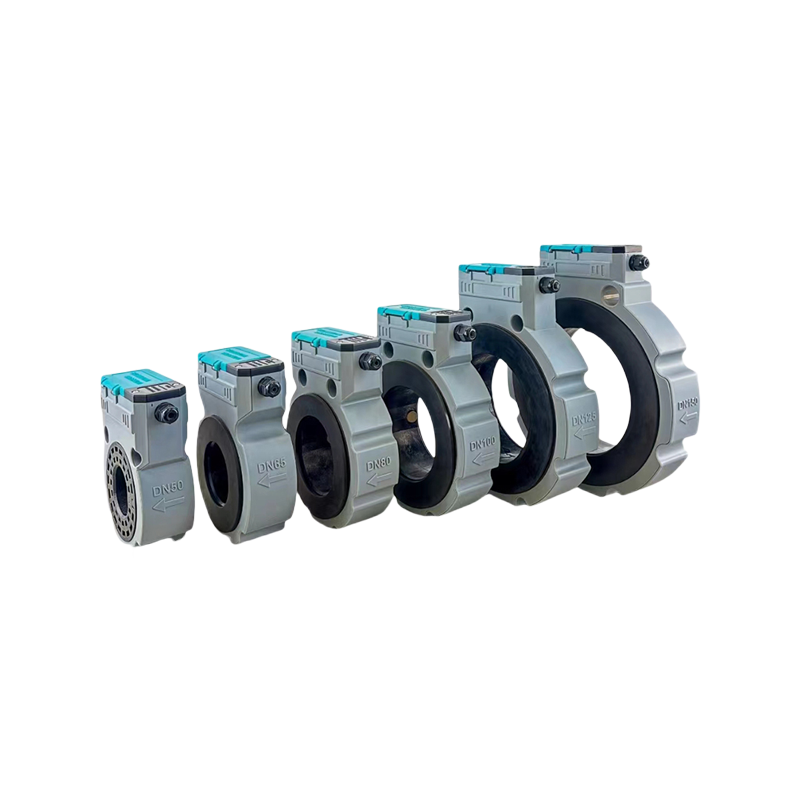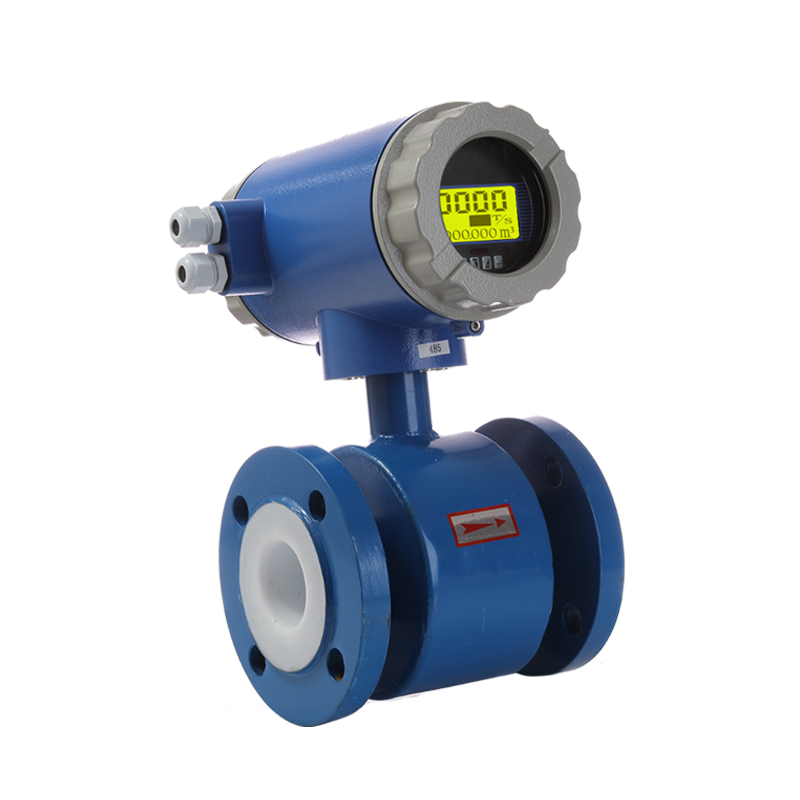
Telemetry terminal is a key device for remote data collection, transmission and monitoring, and plays an indispensable role in many fields.
1. Functional characteristics
Data collection function
Telemetry terminal can connect to a variety of sensors, such as temperature sensors, humidity sensors, pressure sensors, liquid level sensors, etc. It can collect data from different sensors according to the preset sampling frequency. For example, in environmental monitoring, it can accurately collect temperature and humidity data in a specific area, and can process data from multiple sensors at the same time. The collected data has high accuracy and stability.
Data transmission capability
Supports multiple communication methods, including but not limited to GPRS, 4G/5G, satellite communication, etc. This enables the Telemetry terminal to transmit the collected data to the monitoring center in a timely and stable manner, whether in remote areas or urban environments. For example, in a hydrological monitoring station in the field, the Telemetry terminal can send data such as water level and flow to a distant management department through satellite communication to ensure the timeliness of the data.
Remote monitoring and configuration
Managers can monitor and configure the Telemetry terminal remotely through the network. You can view the operating status of the equipment, such as battery power, communication signal strength, etc., and you can also adjust the parameters of data collection, such as sampling frequency, sensor threshold, etc. This remote operation function greatly facilitates the management and maintenance of the equipment and reduces the workload of on-site maintenance.
2. Application Field
Industrial Automation
On the industrial production line, the Telemetry Terminal can collect the operating parameters of the equipment, such as temperature, pressure, etc., so as to timely discover the hidden dangers of equipment failure and improve production efficiency and safety.
Environmental Monitoring
It is used to monitor environmental indicators such as air quality, water quality, and soil moisture, and provide data support for environmental protection and governance.
Agricultural Field
Remotely measure the soil fertility, humidity, meteorological conditions and other data of farmland to help farmers scientifically irrigate, fertilize and conduct disaster warnings.
Keywords

Telemetry terminal
Contact Us
Classification
Instant inquiry
Please leave your phone number or email address, and we will contact you within 24 hours










